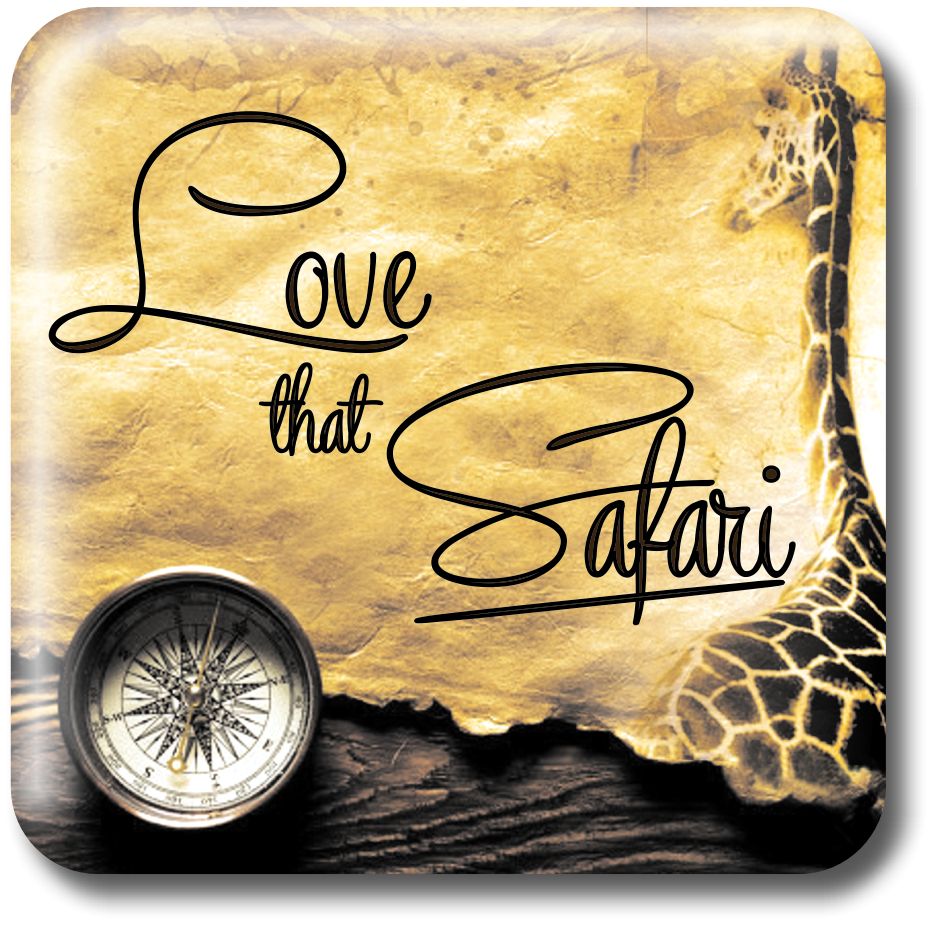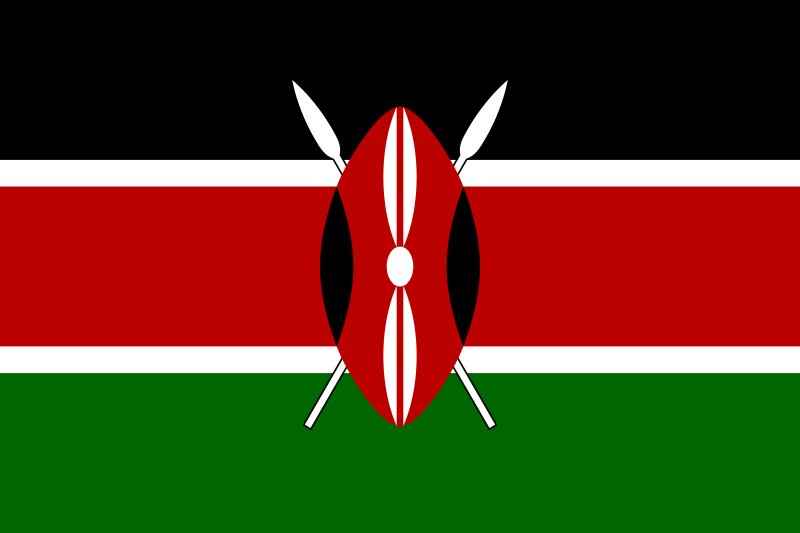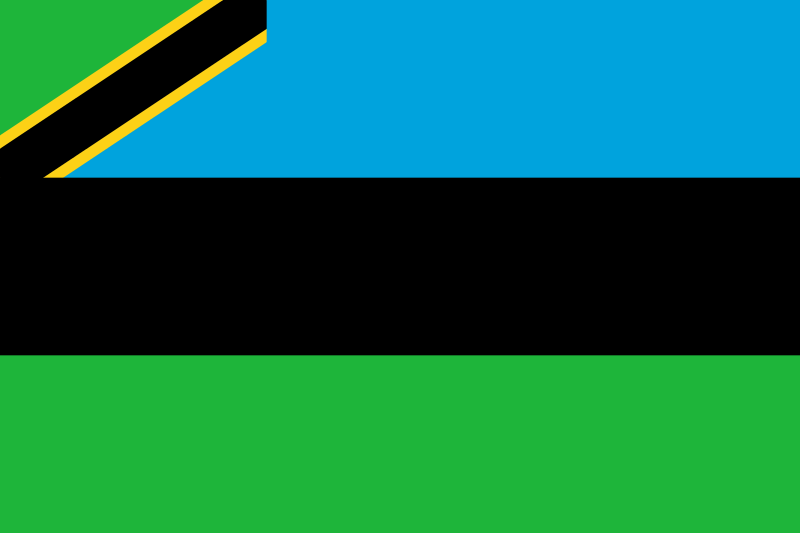
Tailored Travel and Tours
Africa

Tailored Travel and Tours
Africa

Kenya (/ˈkɛnjə/ or /ˈkiːnjə/), officially the Republic of Kenya, is a country in the African Great Lakes region of East Africa. Its capital and largest city is Nairobi. Kenya lies on the equator with the Indian Ocean to the south-east, Tanzania to the south, Uganda to the west, South Sudan to the north-west, Ethiopia to the north and Somalia to the north-east. Kenya covers 581,309 km2 (224,445 sq mi) and has a population of approximately 44 million as of July 2012.
Kenya has a warm, humid climate along its Indian Ocean coastline, with wildlife-rich savannah grasslands inland towards the capital. Nairobi has a cool climate which becomes colder closer to Mount Kenya, which has three permanently snow-capped peaks. Further inland, there is a warm and humid climate around Lake Victoria, and temperate forested and hilly areas in the western region. The northeastern regions along the border with Somalia and Ethiopia are arid and semi-arid areas with near-desert landscapes. Lake Victoria, the world's second largest fresh-water lake and the largest tropical lake, is situated to the southwest and is shared with Uganda and Tanzania. Kenya is famous for its safaris and diverse wildlife reserves and national parks such as the East and West Tsavo National Park, the Maasai Mara, Lake Nakuru National Park, and Aberdares National Park. There are several world heritage sites such as Lamu; there are also many world renowned beaches, such as Kilifi, where international yachting competitions are held each year.
Click here to see our Kenyan destinations

Tanzania /ˌtænzəˈniːə/, officially the United Republic of Tanzania (Swahili: Jamhuri ya Muungano wa Tanzania), is a country in East Africa in the African Great Lakes region. It is bordered by Kenya and Uganda to the north; Rwanda, Burundi and the Democratic Republic of the Congo to the west; and Zambia, Malawi and Mozambique to the south. The country's eastern border is formed by the Indian Ocean. Kilimanjaro, Africa's highest mountain, is in northeastern Tanzania.
The country is divided into 30 administrative regions: five on the semi-autonomous islands of Zanzibar and 25 on the mainland in the former Tanganyika. The head of state is President Jakaya Mrisho Kikwete, elected in 2005. Since 1996, the official capital of Tanzania has been Dodoma, where the National Assembly and some government offices are located. Between independence and 1996, the main coastal city of Dar es Salaam served as the country's political capital. It remains Tanzania's principal commercial city and is the main location of most government institutions. It is also the principal port of the country.
Click here to see our Tanzania destinations.

Zanzibar (/ˈzænzɨbɑr/) is a semi-autonomous part of Tanzania, in East Africa. It is composed of the Zanzibar Archipelago in the Indian Ocean, 25–50 kilometres (16–31 mi) off the coast of the mainland, and consists of numerous small islands and two large ones: Unguja (the main island, referred to informally as Zanzibar), and Pemba.
The capital of Zanzibar, located on the island of Unguja, is Zanzibar City. Its historic centre, known as Stone Town, is a World Heritage Site and is claimed to be the only functioning ancient town in East Africa.
Zanzibar's main industries are spices, raffia, and tourism. In particular, the islands produce cloves, nutmeg, cinnamon, and black pepper. For this reason, the islands, together with Tanzania's Mafia Island, are sometimes called the Spice Islands (a term also associated with the Maluku Islands in Indonesia). Zanzibar is the home of the endemic Zanzibar Red Colobus Monkey, the Zanzibar Servaline Genet, and the (possibly extinct) Zanzibar Leopard.
Click here to see our Zanzibar destinations
Info on countries excerpts from Wikepedia.org in accordance with the CREATIVE COMMONS ATTRIBUTIONS SHARE-ALIKE LICENSE
Bulawayo
Zimbawe
Cell:
263 773 266 997